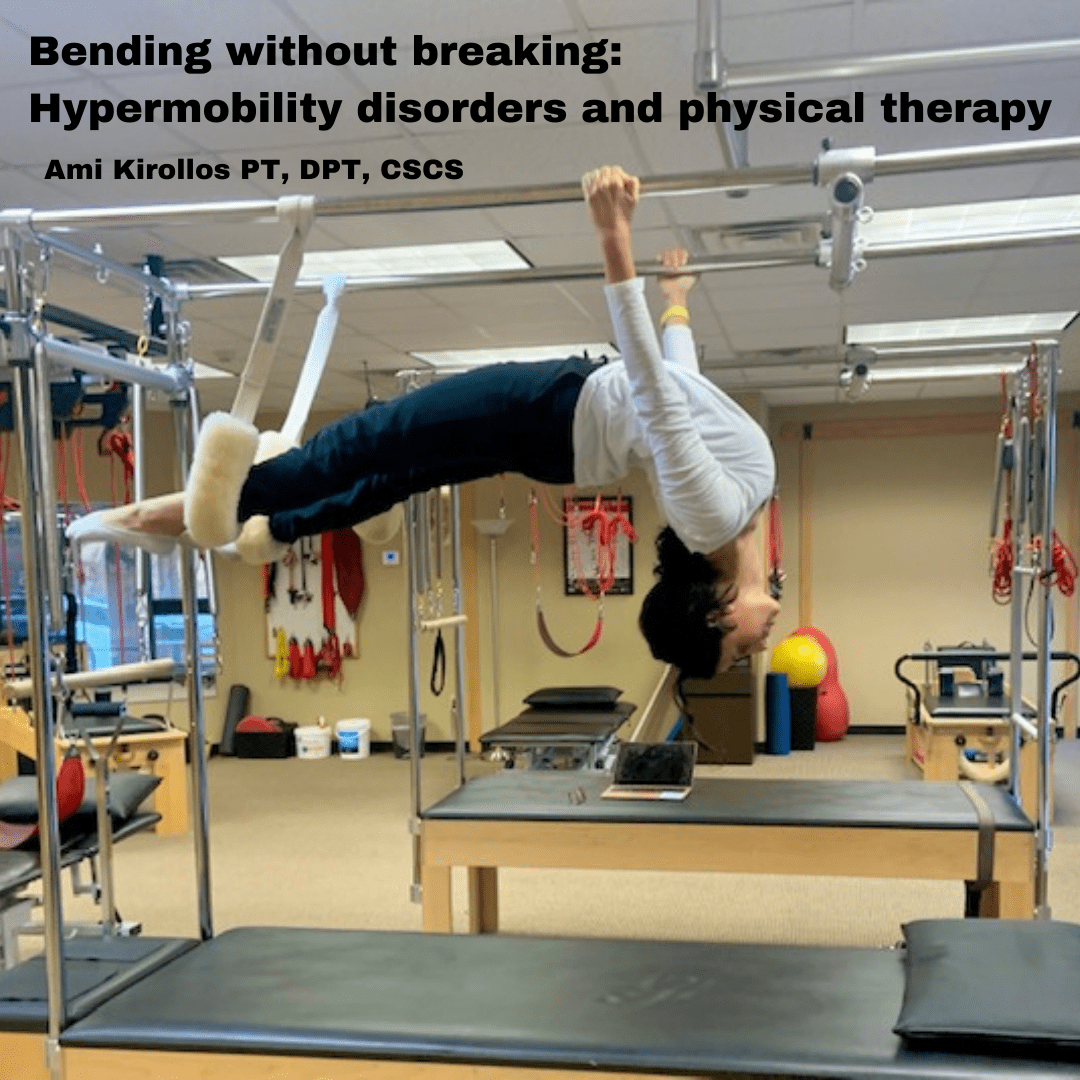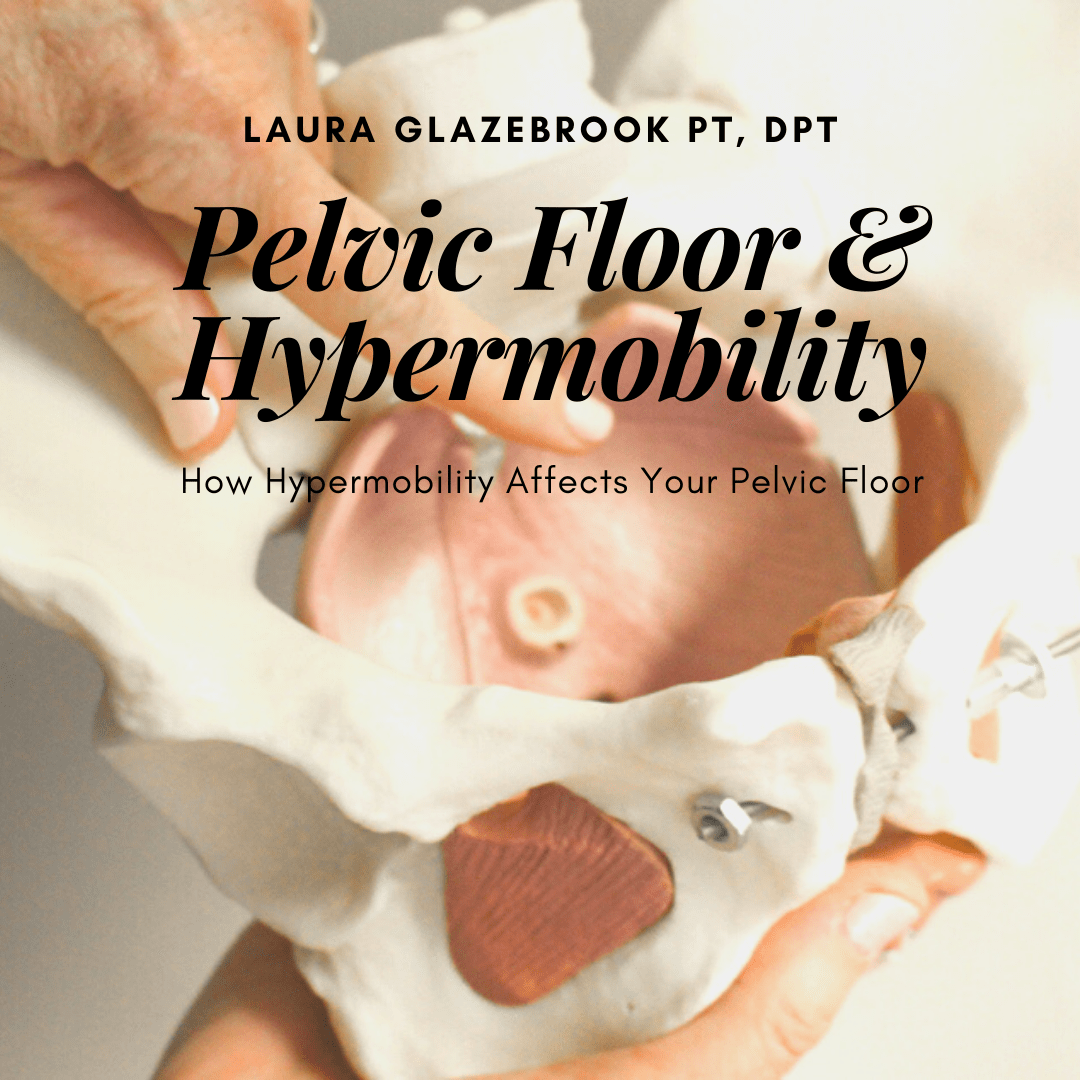Knee Pain No More
Is knee pain ruining your swagger? Have you been diagnosed with osteoarthritis, chondromalacia, or a meniscus tear? Are you concerned that you’ll need surgery or that you won’t be able to enjoy your favorite activities? Well, you can jump to the conclusion that there is hope to overcome the difficulty with the right therapeutic approach and knowledge. What about the “damage” that has been seen on x-ray or MRI? Normative studies show about 65% of asymptomatic people above the age [...]



